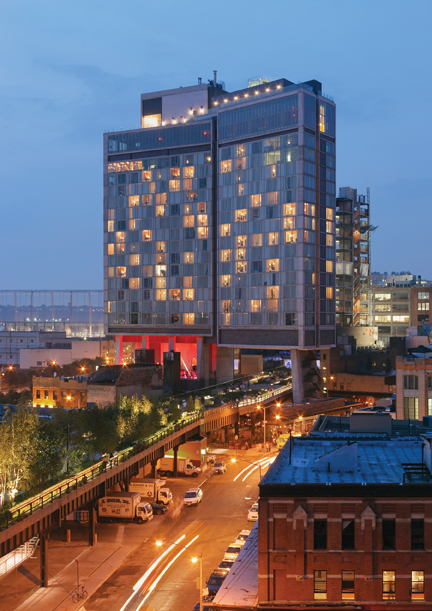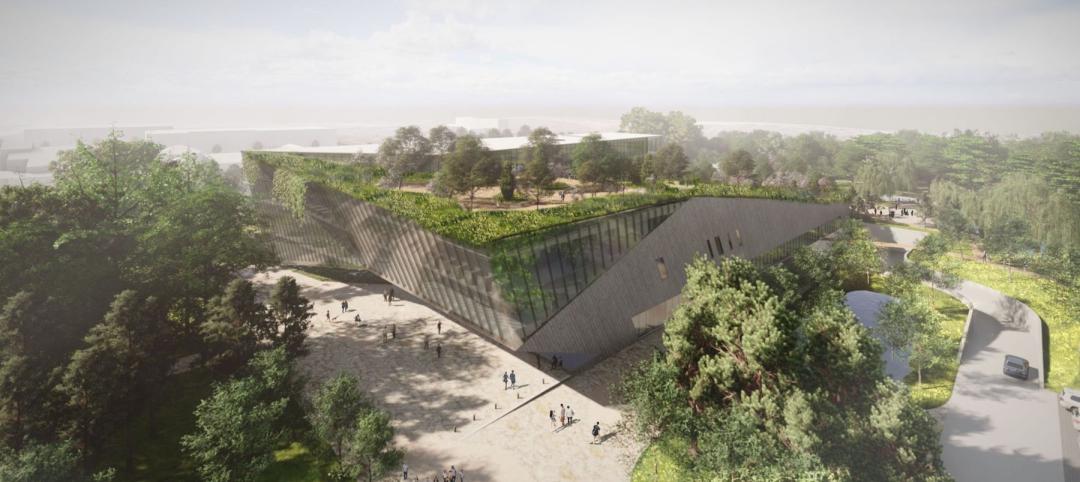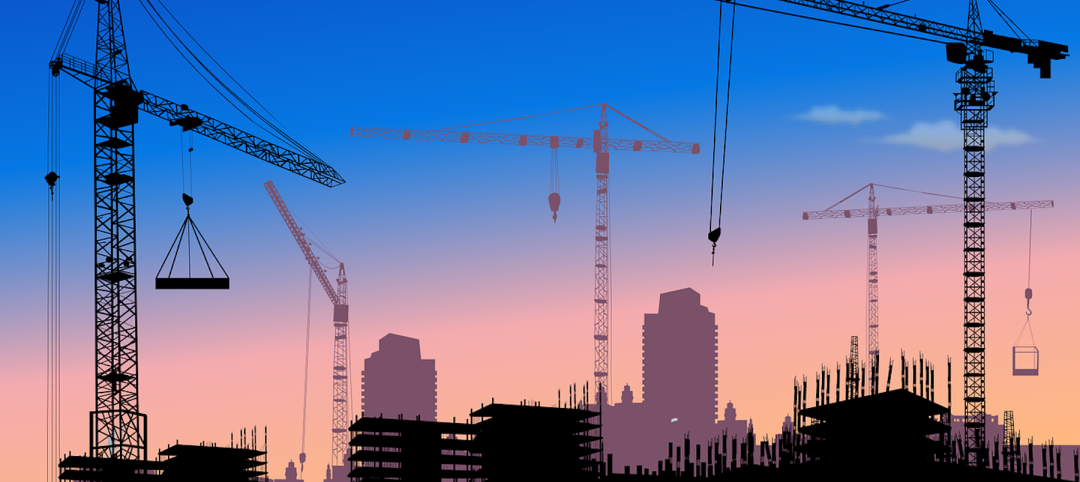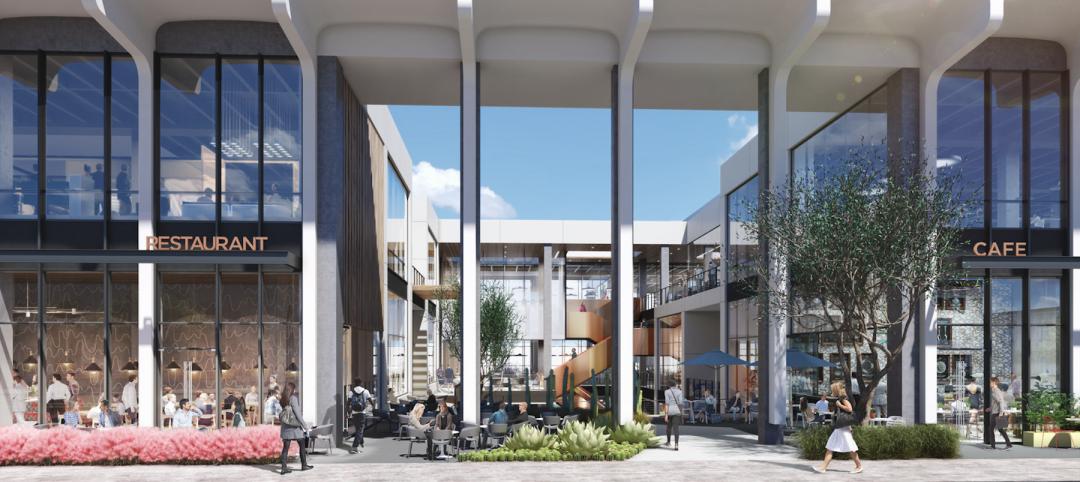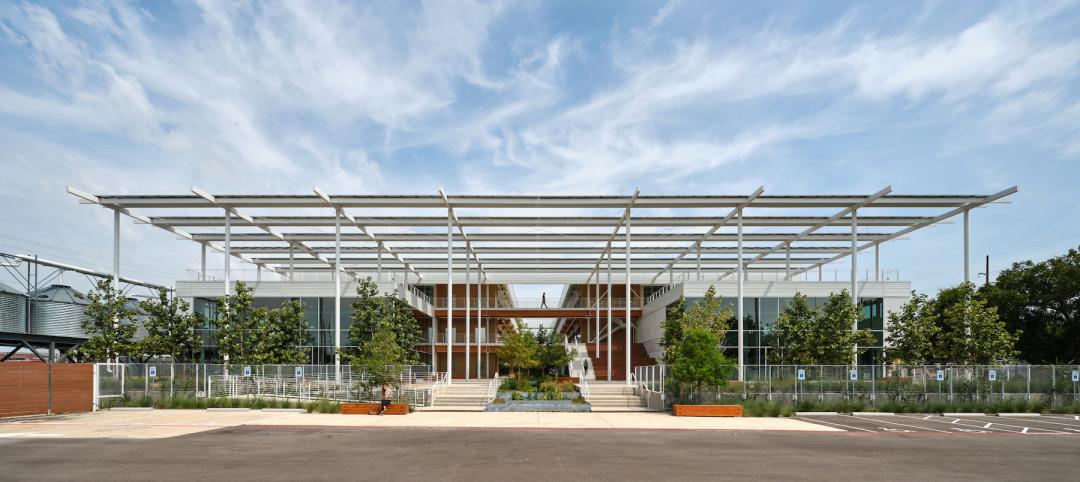Total construction to rise 5.1% in 2011
Spending for U.S. nonresidential building projects plunged nearly 23% in 2010, even as construction spending for heavy/engineering and residential projects dropped less than 2%. Nonresidential’s decline pushed total 2010 construction spending down 10%. The fourth consecutive annual decline brought the level of total construction spending to 30% below the pre-recession peak. Construction spending will be rising from the end of 2010 through 2011 and for several years beyond. The construction recovery comes an unusually long 18 months after recovery began in the overall economy and will be relatively slow.
Total U.S. construction spending will increase 5.1% in 2011. The gain from the end of 2010 to the end of 2011 will be 10%. The biggest annual gain in 2011 will be 10% for new residential construction, far above the 2-3% gains in all other construction sectors.
The delayed and slow construction recovery is due to both the subpar economic recovery and the unique restraints in the construction market, notably the collapse of the highway and housing finance systems (with no replacement in sight for either), a large surplus of residential space, and the weakened financial condition of developers and homebuyers.
Contractors and their suppliers will begin 2011 in a recession-cost environment. Labor is abundant, with annual wage gains still in the 0.0-1.0% range. Credit rates are extremely low but cautious loan approval standards exclude a relatively large share of loan applicants from the capital market. Costs are steady to slightly down for construction materials priced in the U.S. market, such as lumber and concrete, but erratically rising at a 5% or more annual pace for materials priced in international markets, such as metals, plastics, and energy. In order to get work contractors will still set their margins below the bottom of the usual range, and new projects will continue to draw far more than the usual number of bids.
The economic environment for contractors will improve in 2011. But it will continue to worsen early in the year for many types of public work and in the most depressed markets along the southern border and in the Rocky Mountain states. Some improvement will be clearly noticeable by the summer, with that pace accelerating late in the year. Credit rates will be rising but still very low by mid-year. The improved environment will firm materials pricing first before some contractors are able to raise bid prices. By the end of 2011, the materials price inflation trend will be back in the 5-6% annual increase range due to relatively stronger economic growth in the rest of the world as well as the 10% pickup in U.S. construction spending over the previous 12 months.
U.S. GDP growth will move from the 2% pace during most of 2010 to a 2.5-3.0% pace in 2011. This is unusually slow at the mid-point of an economic recovery: 4% or more is typical. Subpar economic growth has a magnified impact on all capital goods industries, including construction. Economic growth will be restrained by the lingering credit problems that began late in 2008 and investor and consumer uncertainty after the massive changes in operating rules made in Washington in the last two years. Note that the details of many of the changes are not yet known, and the results of the November election may revise or rescind some of the changes. Uncertainty always means caution and delayed spending. Beyond 2011, GDP growth will again be above 3.0%, permitting a quickening of the construction recovery.
Construction spending for nonresidential buildings will increase 3.0% in 2011 and 10% from the end of 2010 to the end of 2011. The gain will jump to well over 10% in 2012. For developer-financed projects the turnaround will be dramatic. Spending will rise 2% in 2011 after two years of 30% declines. This market will be expanding at a 15% annual pace by the end of 2011. The steep decline in project starts has already ended. Architects are already reporting rising design activity.
Spending for institutional buildings will rise 4.2% in 2011, mostly for nonprofit and private projects; spending on public buildings will not improve and may slip slightly under pressure from ebbing stimulus funds and cuts in state and local budgets after rainy day funds have been depleted. State taxes began rising in spring 2010 but remain 15% below the pre-recession level.
Housing starts will rise 24% in 2011 but only to about half of the underlying demographic demand trend. Nonetheless, this will generate the usual associated site and utility work as the development of new residential communities resumes, especially in the South and West. Note that new homes will be up to 10% smaller and on smaller lots than in pre-recession developments.
Heavy construction spending, as usually happens, slowed but did not decline while the overall economy was in recession. Then the usual drop in heavy construction activity early in the recovery period was unusually slim because of the massive amount of federal spending in the stimulus plan and a variety of smaller initiatives, such as Build America Bonds. Nominal dollar heavy construction spending is currently about the same as two years ago. Only a 5-6% gain in nominal dollar spending is expected in the next two years but rising project costs will account for more than all of this gain. The price of stimulus funding in 2009-10 is no growth in 2011-12 when federal emergency funding ebbs.
Three heavy sectors will see modest spending gains in 2011 while the remaining three will see no change or small declines. The strongest sectors will be water and sewer (+7.8%), highways and bridges (+6.7%), and communications (+3.7%). The water and sewer gain is due to delayed stimulus funding and the residential market improvement. The highway gain is due to bringing private funds into the market. The weak sectors will be power (-2.8%), conservation (-1.9%), and transportation facilities (+0.2%). Power always declines at this stage of the business cycle.
In spite of sluggish construction activity, domestic manufacturers of construction equipment have increased their sales nearly 60% in the last year. The added sales have been to rebuild rental fleets and supply the relatively strong manufacturing, utility, farming, mining and export markets. Production is still short of capacity so equipment prices are up only 1.1% in the last year. Ahead, the added demand for equipment use on job sites will modestly boost both equipment prices and rental rates by mid-2011. BD+C
Related Stories
Codes and Standards | Jul 22, 2022
Hurricane-resistant construction may be greatly undervalued
New research led by an MIT graduate student at the school’s Concrete Sustainability Hub suggests that the value of buildings constructed to resist wind damage in hurricanes may be significantly underestimated.
School Construction | Jul 22, 2022
School integrating conventional medicine with holistic principles blends building and landscape
Design of the new Alice L. Walton School of Medicine in Bentonville, Ark., aims to blend the building and landscape, creating connections with the surrounding woodlands and the Ozark Mountains.
Market Data | Jul 21, 2022
Architecture Billings Index continues to stabilize but remains healthy
Architecture firms reported increasing demand for design services in June, according to a new report today from The American Institute of Architects (AIA).
Market Data | Jul 21, 2022
Despite deteriorating economic conditions, nonresidential construction spending projected to increase through 2023
Construction spending on buildings is projected to increase just over nine percent this year and another six percent in 2023, according to a new report from the American Institute of Architects (AIA).
Mixed-Use | Jul 21, 2022
Former Los Angeles Macy’s store converted to mixed-use commercial space
Work to convert the former Westside Pavilion Macy's department store in West Los Angeles to a mixed-use commercial campus recently completed.
Building Team | Jul 20, 2022
San Francisco overtakes Tokyo as the world’s most expensive city for construction
San Francisco has overtaken Tokyo as the world’s most expensive city for construction, according to a new report from Turner & Townsend.
Libraries | Jul 20, 2022
Canada to open one of the world’s largest library and archive facilities
When it opens in 2026, Ādisōke is expected to be one of the largest library and archive facilities in the world.
Architects | Jul 19, 2022
Perkins Eastman Bolsters Its Dallas Studio with 5 Dynamic New Principals
Seasoned staff bring talent, experience, and enthusiasm to expand firm.
Energy-Efficient Design | Jul 19, 2022
All is not lost: 3 ways architects can respond to the Supreme Court’s EPA ruling
The U.S. Supreme Court’s ruling to limit the Environmental Protection Agency’s power to regulate greenhouse gas (GHG) emissions from power plants dealt a significant blow to our ability to fight the climate crisis with federal policy.
Office Buildings | Jul 19, 2022
Austin adaptive reuse project transforms warehouse site into indoor-outdoor creative office building
Fifth and Tillery, an adaptive reuse project, has revitalized a post-industrial site in East Austin, Texas.


